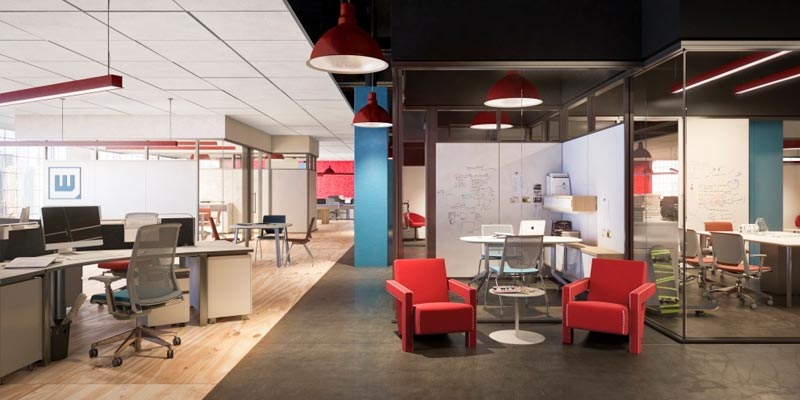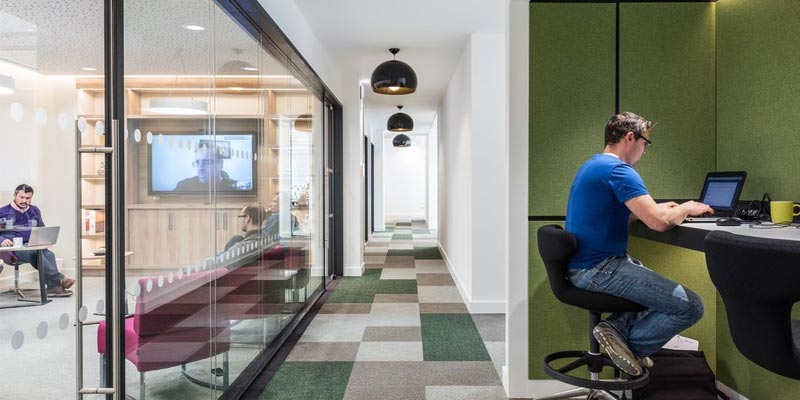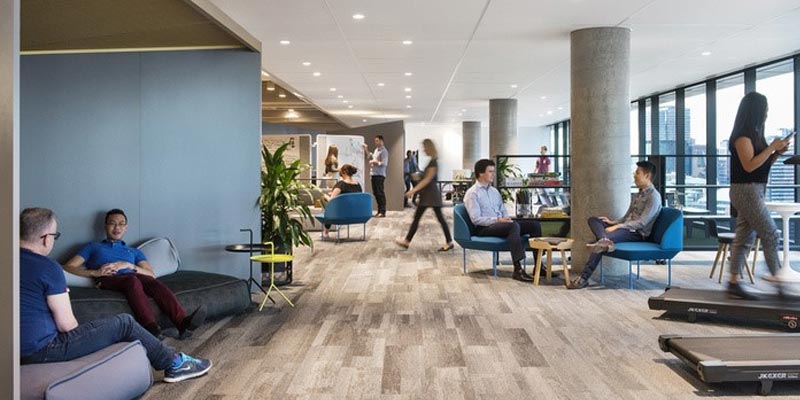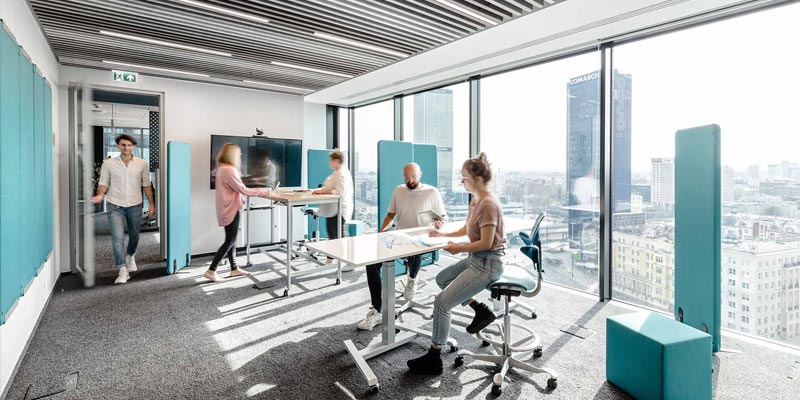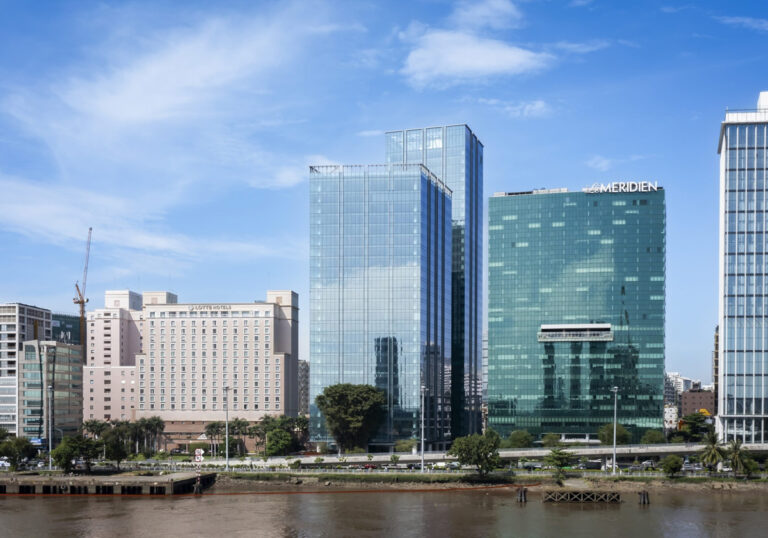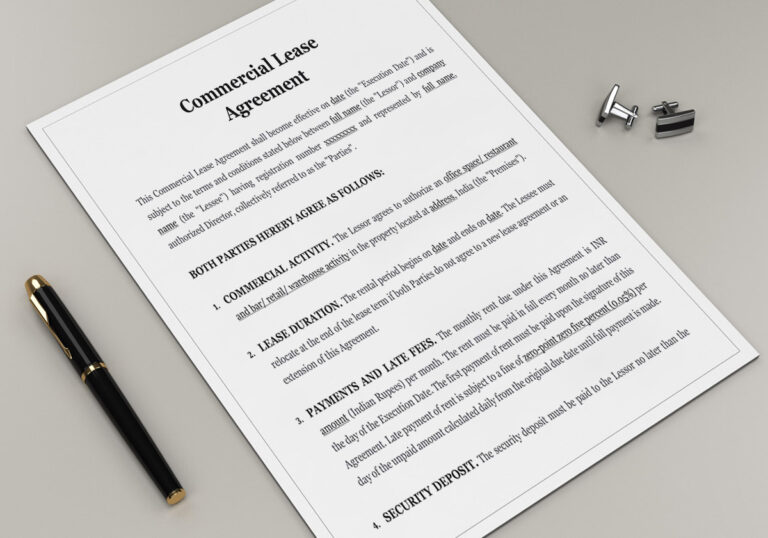What is an Agile Workplace? Benefit of Agile Work Environment

According to current trends, the design of flexible working environments, also known as “Agile Workspace”, has gradually replaced the traditional office style with a number of multi-purpose common spaces, allowing employees to freedom to work wherever or whenever they want.
Table of Contents
What is Agile Workspace?
Agile workplaces are an office designed based on the principle of flexible work. Unlike traditional offices – where employees are assigned to sit at a fixed desk, a flexible working environment encourages employees to move freely around the office, utilizing any space that suits their purpose at that moment.
The design of an Agile Workspace focuses on providing employees with various useful spaces where they feel they can work productively.
A flexible space also helps employees complete their work in the best way. Agile Workspaces enhance collaboration, unleash creativity, eliminate barriers between employees, and improve employee satisfaction.
Types of Flexible Workspaces
There is no standard design that an Agile Workspace must follow. However, to optimize its use, communal spaces should adhere to the work model so that employees can sit anywhere they feel fits their preferences and comfort.
In addition to being utilized to increase work collaboration, a flexible work environment also needs to provide private spaces for individual activities.
Below are a few types of flexible workspaces you can design for an office:
Open workspaces are usually arranged in the center of the flexible office, with the main purpose of encouraging collaboration among employees.
This type of workspace is essential for creative teams working on projects that require a lot of communication or idea sharing and advice.
2. Quiet Spaces
Quiet areas are designed for privacy and focus.
This area of the office will often have soundproof phone booths to help employees concentrate on important tasks.
It can also be a quiet place for people to think and relax. Or simply, it’s a corner of the office where conversations are minimized.
The quiet zone is a space where employees can confidently detach from office noise and distractions.
3. Break Spaces
The break area is the most comfortable area of the Agile Workspace, and it’s where employees can go to eat, relax with colleagues, or just take their eyes off the screen for a while.
This area is extremely flexible, designed to be a comfortable place for everyone to rest, but can also be used for work, short meetings with clients, or discussions with colleagues.
4. Office Supplies Space
The office supplies area is a part of the flexible space used to store tools and facilities that employees need in a workday.
For example, printers, scanners, recycling bins, and other office supplies. These items need to be easily found and accessible from all department areas.
Why Agile Workspace is Becoming Popular?
The COVID-19 pandemic has boosted the trend of flexible workspaces. Traditional offices are becoming more flexible and meeting the ever-changing needs of employees.
For business owners, Agile Workspace is an opportunity to make the most efficient use of existing office space. As we work from home more, transitioning to a flexible office structure allows companies to reduce costs by repurposing or eliminating unused space.
Employees who have been working remotely in recent years will also feel a difference about the office. They do not want to return to the old desk, sitting there five to six days a week.
The Benefits of Agile Workspaces
1. Improved Collaboration:
The freedom to move around the office boosts team spirit, enhances interaction and creativity.
Work is not confined to a fixed space or a row of desks, allowing work ideas to be easily shared among communal areas.
2. Employee Retention:
Surveys show that up to 90% of Generation Y believes that the flexibility in choosing the workplace and work hours is more important than salary.
A flexible workspace can meet this need, attracting and retaining talent.
3. More Efficient Use of Space:
Before the pandemic, businesses were spending a lot of money on unused workspace.
Transitioning to a flexible workspace is an opportunity to optimize office design, renovate old meeting rooms, or remove unnecessary spaces.
4. Increased Employee Satisfaction:
Flexibility in the workspace is a key factor leading to job satisfaction.
Flexible workspaces encourage employees to complete their tasks on schedule, boosting their confidence to manage their time and workload efficiently.
5. Boosted Productivity:
Anyone you see often wearing noise-cancelling headphones will tell you that isolating themselves from a distracting environment significantly impacts work productivity.
A flexible work environment provides space for both interaction and privacy.
Which Companies Can Implement Agile Workspaces?
Applying Agile Workspace may not be suitable for all types of companies, especially those requiring employees to be present at the office or a specific location during work hours.
However, the pandemic has shown that many businesses around the world can become flexible when needed.
Companies in creative and technology sectors will be very suitable for adopting the Agile Workspace model, as the need for frequent interaction is significant.
Tips for Adapting Well to a Flexible Work Environment
Transitioning to a flexible work style is not something that can be perfected overnight or through a few quick changes in office design.
It is a process and will change the company’s operations.
Here are some tips for successfully adapting to a flexible work environment:
1. Implement Detailed Work Processes:
To use the flexible work environment effectively, you need to guide the work process to employees as early as possible, ensuring their concerns and needs are met and understood.
2. Clarify the Function of Each Space:
Changes in the flexible office space can be confusing and hard to navigate.
Therefore, ensure each employee has the tools they need to be productive, instruct on how to use meeting rooms, printing equipment, and how to connect with colleagues.
3. Don’t Try to Do Everything at Once:
Transitioning to a flexible work environment is successful when done in small steps.
Make small changes in work and gradually introduce new spaces in the office design, checking at each stage that you are still aligned with your goals.
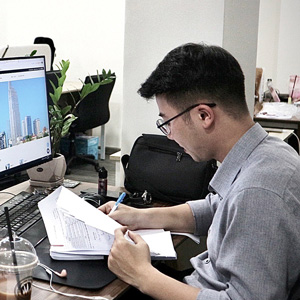
Editor and content team manager at Maison Office.
With over 5 years of experience in consulting and extensive content editing in the real estate services and interior design field. Sharing valuable information with customers, partners, and attracting millions of views.


